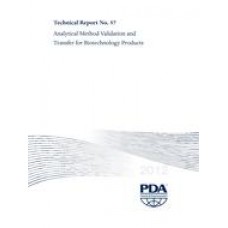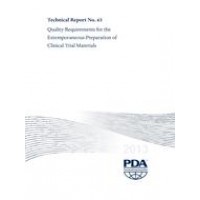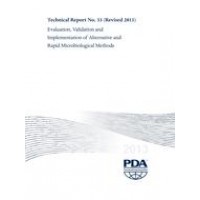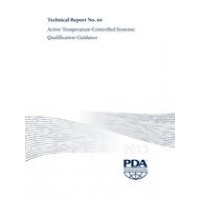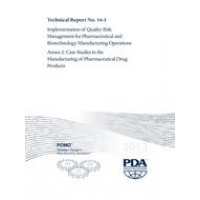Similar to the manufacturing process, an analytical method can also be considered a process. The validation strategy for analytical methods could therefore conceptually follow those of Process Validation. As such, Analytical Method Validation (AMV) can be defined as the collection and evaluation of data from the analytical method development stage throughout routine QC testing which establishes scientific evidence that an analytical method is capable of consistently delivering accurate and reliable results. PDA Technical Report No. 57: Analytical Method Validation provides practical and strategic guidance to efficiently use historical data and knowledge to design suitable risk-based AMV studies and to set appropriate protocol acceptance criteria. The document provides an illustrated map of the typical method lifecycle steps prior, during and beyond the AMV studies to help users visualize their AMV program. The typical sequence of all pre-validation, validation and post-validation steps is reflected in the sequence of sections in the technical report. Technical Report No. 57 provides risk-based guidance for the validating methods following their development or qualification. It also contains risk-based guidance for other, related method lifecyle steps, such as Analytical Method Transfer (AMT). The guidance provided builds upon the International Conference on Harmonization (ICH) Q2 (R1) guidelines and includes additional considerations for analytical platform technology (APT) methods as well as the impact of stakeholder considerations, and essentially all modern quality expectations as recommended in the ICH Q8 (R2), Q9 and Q10 guidelines.
 PDF
PDF
All of our standards document are available in PDF (Portable Document Format), an electronic, downloadable format.You will be able to download the file in your account downloads.
 Multi-User Access
Multi-User Access
After purchasing, you have the ability to assign each license to a specific user.
 Printable
Printable
At any time, you are permitted to make printed copies for your and your members' reference use.
 PDF
PDF
 Multi-User Access
Multi-User Access
 Printable
Printable

